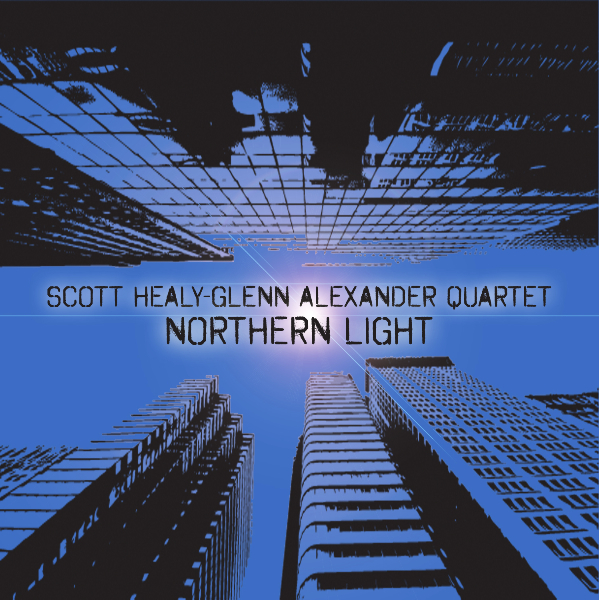A recent press release from the Detroit Jazz Festival stated that 90-year-old Dave Brubeck, advised by his doctors that it would be a bad idea for him to travel, had cancelled his scheduled concert, A vivid force in American music since the latter ’40s, and a charismatic performer, Brubeck shines in the public eye, and it will be a shame if his performing career is over.
I had a wonderful opportunity to interview Brubeck four years ago, for a Jazziz story focusing on his involvement in education. It was a narrative article — the unedited transcript appears below, following four expository paragraphs.
* * *
Few jazz musicians can discuss the whys and wherefores of jazz education so eloquently as pianist-composer Dave Brubeck, whose career could serve as a case study in how to blend the conservatory and the working world beyond.
A household name since Time magazine placed his…









